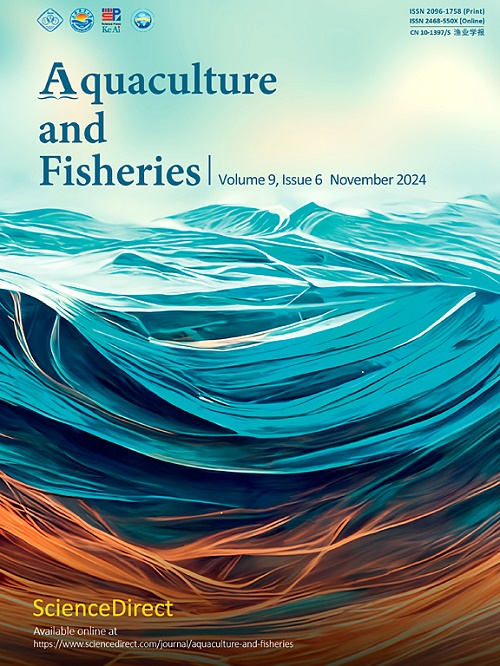Optimal effort, fish farming, and marine reserve in fisheries management
Q1 Agricultural and Biological Sciences
引用次数: 0
Abstract
In this paper, we develop a bioeconomic model to determine an optimal wild catch harvest and freshwater commercial aquaculture production in a lake that uses cages or floating rafts. Although off-bottom aquaculture activities have less impact on the environment compared to on-bottom aquaculture, it has negative externalities. It takes away the fishing area and hence creates pressure in the open-access fishing ground. It also changes the nutrient and ecological composition of the environment. We recommend the implementation of a reserved area to minimize the impact of fishing and aquaculture activities. The reserve also helps in improving the habitat and restocking the fish population which is declining rapidly. We determine the optimal sizes of the aquaculture and reserve and the optimal effort level that maximizes social welfare. We illustrate our findings using numerical simulations and perform an analysis of the optimal solutions with respect to biological and economic parameters involved in the model.
渔业管理中的最佳努力、鱼类养殖和海洋保护区
在本文中,我们建立了一个生物经济模型,以确定一个湖泊中使用网箱或浮筏的最佳野生捕捞量和淡水商业水产养殖产量。虽然与底层水产养殖相比,底层水产养殖活动对环境的影响较小,但它也有负面的外部效应。它占用了捕鱼区,从而给开放式渔场造成压力。它还会改变环境的营养和生态组成。我们建议设立一个保留区,以尽量减少捕鱼和水产养殖活动的影响。保护区还有助于改善栖息地,并使数量急剧下降的鱼类重新增殖。我们确定了水产养殖和保护区的最佳规模,以及使社会福利最大化的最佳努力水平。我们利用数值模拟来说明我们的研究结果,并对模型中涉及的生物和经济参数进行了最佳解决方案分析。
本文章由计算机程序翻译,如有差异,请以英文原文为准。
求助全文
约1分钟内获得全文
求助全文
来源期刊

Aquaculture and Fisheries
Agricultural and Biological Sciences-Aquatic Science
CiteScore
7.50
自引率
0.00%
发文量
54
审稿时长
48 days
期刊介绍:
 求助内容:
求助内容: 应助结果提醒方式:
应助结果提醒方式:


